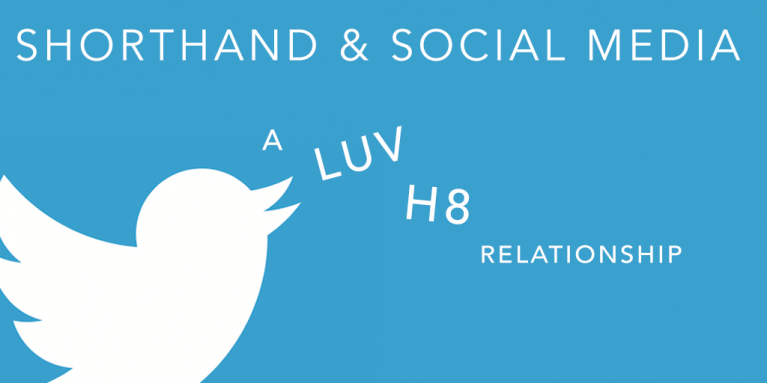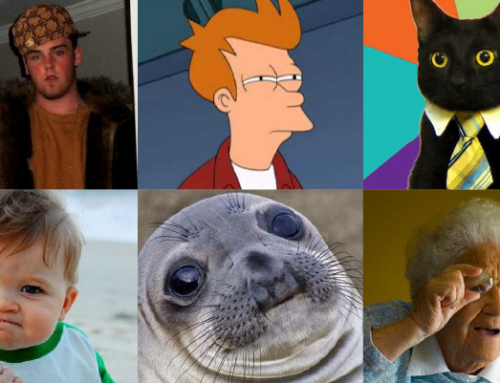Anyone over a certain age will remember the agony and panic of trying to send an SMS message in the early 2000s. With pay-as-you-go contracts reigning supreme, and the consequential, ever-present fear of spilling over onto page 3/12 whilst texting on your Nokia 3310, phone users of this golden time had to resort to creative means to use as few characters as possible.
As shocking as it may be to millennials, at one time in the not-so-distant past, people had to scribe such abominations as ‘c u l8r’, ‘thx’ and ‘whr r u?’ in order to communicate with their fellow man. With the introduction of unlimited phone contracts however, many of us were at last free from the shackles of pay-as-you-go. No longer having to ruthlessly slash messages down to their incremental rudiments to avoid eating up another precious 10p text, mobile phone owners were truly liberated. Never again did we think we would have to compromise our linguistic prowess when messaging friends, or letting the world know our innermost thoughts. It was a truly enlightening and revolutionary time.
And then Twitter came along.
Introduced as a social platform for sharing thoughts, insights and comments, all within just 120 characters, Twitter has taken over our lives in ways we’ll never fully realise. Counter-intuitively though, despite Twitter’s restrictive character limits, we have not seen the return of the language of early 2000s SMS speak to help us get around them. As a pre-existing way to fit more words into a short space, SMS shorthand could very easily have been incorporated into our tweeting. Scroll through your feed however, and you are highly unlikely to find a word that has been shortened in order to fit in more content. It’s almost as though Generation Y have completely forgotten that they have had intensive, extensive training for this exact problem.
Perhaps those old enough to remember how to use SMS shorthand are too embarrassed to employ it on social channels that are also populated by judgemental, trendy millennials. Or, have we actually developed new ways of expressing ourselves in as few characters as we can? Ways a little less heavy handed than those of 2000?
Hashtags, every avid tweeter’s bread and butter may well be one such new way. By its very nature, the hashtag conveys an entire message, subject heading, or even zeitgeist in a catchy, accessible and above all SHORT manner. As a hashtag is already imbued with universally understood meaning, adding one to a tweet provides more context than an extra three or four lines of text ever could.
And when it comes to adding meaning succinctly to social media, lest we forget its current superstar – the emoji. If a picture speaks a thousand words, an emoji speaks ten thousand words, emotions, in-jokes and sentiments. Just take a second to think of the infinite ways in which a simple 👀 can add flavour to a tweet, or on how many occasions you have found yourself using this 👌…
Perhaps we should just face facts – in this age of visual content domination, maybe our beloved SMS shorthand is just not colourful or accessible enough. As handy as they are, it seems to be the case that acronyms, abbreviations and inventive letter-digit hybrids like ‘m8’ and ‘2nite’ are just too indicative of an out-of-date, bygone era to be taken seriously now. With shiny new ways to communicate having all but replaced SMS, why shouldn’t we create a new shorthand to go with them?
All that’s left to do then is to confine SMS shorthand to the tombs of technology, and bask in the glory of the new era of emojis, hashtags and shortened URLs we find ourselves in today. 👍 ❤ 🍸 💅 👀 #fridayfeeling
















